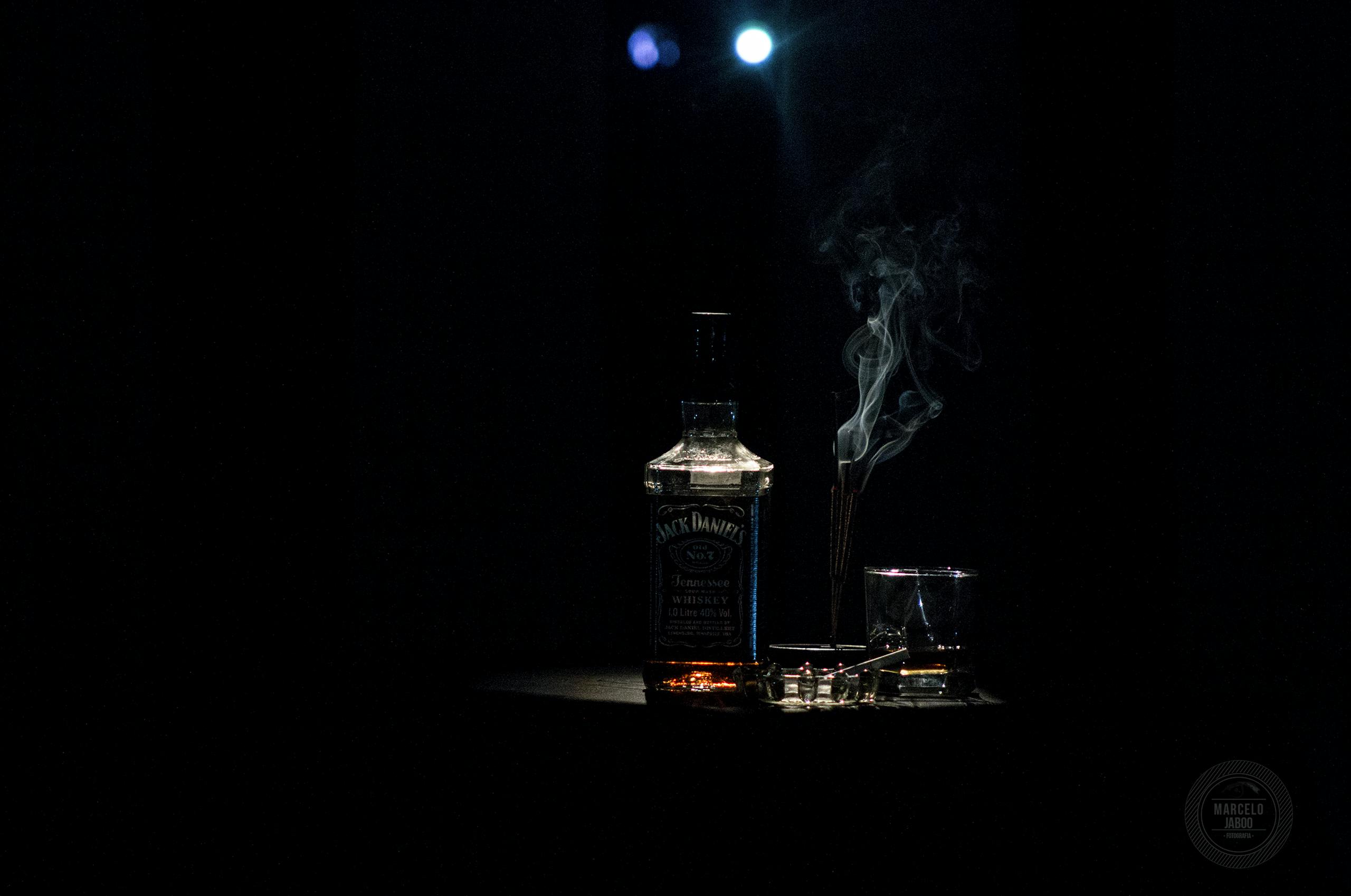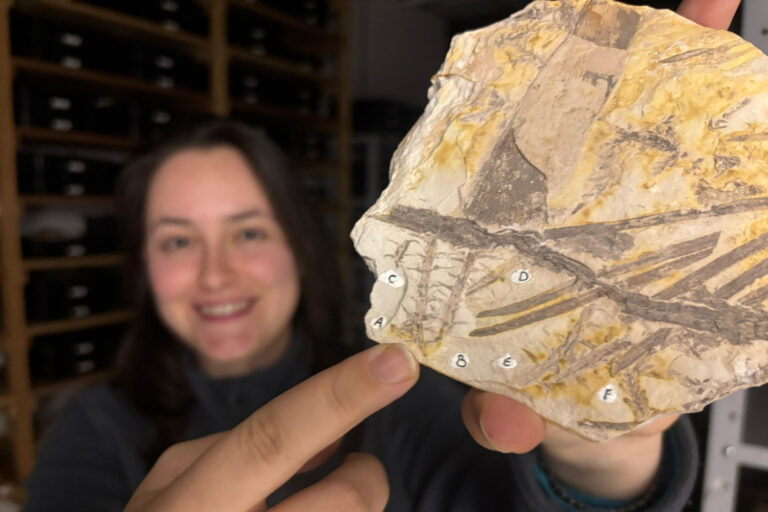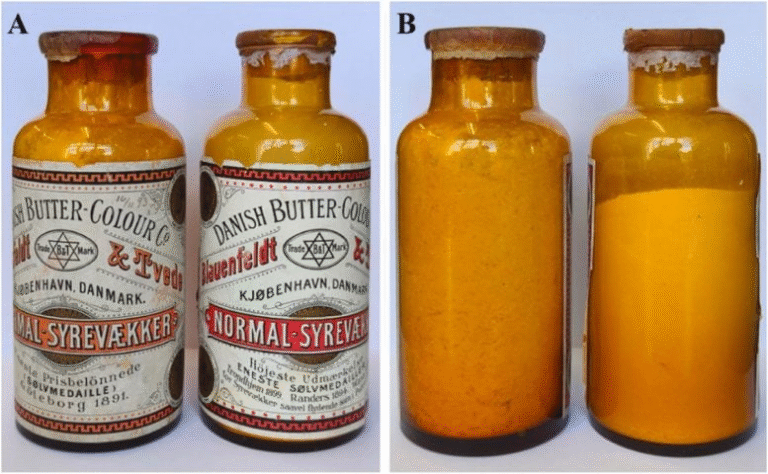Four New Discoveries About Beer and Wine That Could Change the Way You Drink

Scientists have recently uncovered fascinating details about two of humanity’s oldest and most beloved beverages — beer and wine. Even after thousands of years of brewing and fermentation, researchers are still discovering new layers of chemistry and biology that shape how these drinks look, taste, and even affect our bodies.
A series of studies published in the Journal of Agricultural and Food Chemistry explores four distinct but equally intriguing findings: why beer becomes hazy, how gluten can now be detected faster in drinks, what makes red wine feel dry and puckering in the mouth, and how sulfites in wine may interact with the gut microbiome. Together, these discoveries provide fresh insights into the science behind what we sip.
1. How Yeast RNA Creates Haze in Beer
If you’ve ever noticed that some beers look cloudy while others are crystal clear, you’ve already encountered what scientists call beer haze. Traditionally, this haziness happens when barley proteins bind with hop polyphenols, forming microscopic particles that float in suspension. These particles scatter light, creating that hazy or opaque look seen in many modern craft beers.
However, researchers led by Esben Due Yding and colleagues have found another reason why beers turn cloudy — yeast RNA. Their study, titled “Yeast RNA–Protein Interactions Generate Beer Haze”, revealed that ribonucleic acids (RNA) in yeast extracts can interact with specific beer proteins, especially one known as protein Z, to produce haze.
In the experiments, the team added yeast extracts to two brands of clear lager. The results were immediate — the beers became noticeably cloudy. When analyzed under a microscope, the haze consisted of particles about 1 micrometer in diameter. The amount of haze directly correlated with how much RNA was added, but interestingly, each beer brand reacted differently, suggesting that the surrounding beer composition plays a key role.
Further testing confirmed that this haziness wasn’t random. When the researchers treated the hazy beer with ribonuclease (RNase), an enzyme that breaks down RNA, the haze significantly decreased. This proved that intact RNA molecules were essential for the effect.
The haze also reduced when the beer’s ionic strength increased or when its pH was near the isoelectric point (the charge-neutral point) of protein Z. This indicates that electrostatic interactions — the attraction between negatively charged RNA and positively charged proteins — drive the haze formation.
For brewers, this discovery could be a game-changer. Yeast RNA could be used as a natural tool to control beer clarity or haziness, allowing brewers to design the appearance and texture of their beer more precisely. Whether it’s enhancing the cloudy appeal of hazy IPAs or ensuring lagers stay bright and clear, this new mechanism adds another layer of control in the brewing process.
2. A Fast, Accurate Gluten Test for Beer and Food
For those who are sensitive to gluten or have celiac disease, drinking beer or eating packaged foods can be a gamble. Labels may say “gluten-free,” but contamination can happen easily during production. Scientists have now developed a new rapid test strip that could make gluten detection much easier and faster.
The study, titled “Empowering Gliadin Detection: A Visible-Code Semiquantitative Lateral Flow System for Rapid and Reliable Results”, introduces a lateral flow test — similar to a COVID rapid test — that can detect gluten (specifically gliadin, a gluten protein found in wheat, barley, and rye) in foods and beverages.
The device works within three minutes and can detect gluten levels from 0 to over 20 parts per million (ppm). This threshold is important because the U.S. Food and Drug Administration (FDA) defines gluten-free products as those containing less than 20 ppm. The test displays three colored lines that represent four gluten concentration ranges, providing a semi-quantitative result that’s easy to read.
In real-world tests, the system demonstrated 98% accuracy, even when used on complex samples like beer or packaged snacks. Foods labeled gluten-free passed the test, while a standard gluten-containing beer triggered the higher range line.
This kind of innovation could benefit both consumers and the food industry. For consumers, it provides an accessible way to double-check gluten content anywhere — at home, restaurants, or bars. For producers, it could serve as a quick quality-control tool, reducing risks of accidental contamination.
While this device is not yet mass-produced for everyday use, it represents a major step toward safer consumption for people with gluten intolerance, without needing expensive lab testing.
3. Why Red Wine Makes Your Mouth Feel Dry
That dry, tight, or puckering feeling after sipping red wine — known as astringency — has long intrigued both scientists and wine lovers. The common explanation is that tannins, natural compounds in grape skins and seeds, bind to salivary proteins and reduce lubrication. But now, new research adds another surprising biological mechanism: aquaporins.
Aquaporins are tiny water channels found in our tongue and salivary glands. They regulate the movement of water through cell membranes, keeping our mouth hydrated. In a study called “Astringent Effects of Red Wine Associated with Responses of Aquaporins Found in Human Tongue and Salivary Tissues”, researchers led by Damian Espinase Nandorfy discovered that tannins can inhibit these water channels, leading to that characteristic dry sensation.
The team studied aquaporins AQP1, AQP2, and AQP5 using human tissue samples and functional tests. They observed that red wine tannins significantly reduced AQP1 water flow, while also slightly affecting AQP5. This effect correlated strongly (R² ≥ 0.90) with how “dry” tasters perceived the wine to be.
In sensory panels, wines with higher tannin levels were rated as more drying. When tannin extracts were added at 1 gram per liter, participants noted an increase in mouth friction and dryness, consistent with decreased aquaporin function.
This finding doesn’t replace the classic protein-binding explanation, but it adds a new biological layer to how we experience wine. Essentially, tannins not only interact with saliva but may also alter how water moves in our mouth tissues, amplifying the astringent feeling.
For winemakers, this knowledge could guide how tannins are managed during fermentation and aging. For example, controlling maceration times or using certain fining agents could adjust mouthfeel. For drinkers, it’s simply fascinating to know that something as simple as a sip of red wine involves a complex dance between chemistry and biology on your tongue.
4. Sulfites in Wine and the Gut Microbiome
Sulfites are often added to wine to preserve freshness, prevent spoilage, and stop oxidation. They’re essential for stability, but many people associate sulfites with headaches or stomach discomfort. To explore how sulfites actually behave inside our bodies, scientists led by Edgard Relaño de la Guía conducted an in-vitro digestion study using a simulated human gut system.
The study, titled “May Sulfites in Wine Affect Gut Microbiota? An In Vitro Study of Their Digestion and Interplay with Wine Polyphenols”, examined how sulfites influence gut bacteria. The researchers compared red wine samples with and without added sulfites (about 200 mg/L), as well as a synthetic ethanol-based control.
Using a three-stage gastrointestinal model that mimics the human digestive process, they analyzed how microbial populations changed after digestion. The results were revealing: samples containing sulfites showed a reduction in beneficial bacteria like Bacteroides and Ruminococcus, along with an increase in bacteria linked to inflammation, such as Escherichia/Shigella.
However, when the sulfites were part of actual wine — rather than a simple ethanol solution — these negative shifts were much less pronounced. The researchers believe that polyphenols, the natural antioxidants in wine, may help protect the gut microbiome from the harsher effects of sulfites.
Interestingly, wines with sulfites also showed higher levels of certain phenolic metabolites after digestion, such as 5-(3′,4′-dihydroxyphenyl)-γ-valerolactone, suggesting that sulfites might enhance some aspects of polyphenol metabolism.
While the study was performed in a laboratory setting rather than on humans, it highlights the delicate balance between preservation benefits and biological effects in wine chemistry. The next step would be clinical studies to determine whether similar microbiome changes occur in real people after moderate wine consumption.
A Broader Look: The Chemistry of Our Favorite Drinks
These four studies, while independent, showcase the incredible complexity of fermented beverages. Beer and wine are not just mixtures of alcohol, water, and flavor compounds — they are dynamic biochemical ecosystems where yeast, proteins, polyphenols, and microbes constantly interact.
Beer haze can be both a cosmetic flaw and a desired trait, depending on style. Yeast RNA now joins the list of haze-forming agents, offering brewers another variable to fine-tune. Similarly, the new gluten detection technology could redefine how consumers and producers ensure safety and transparency in what we drink.
In the wine world, understanding astringency and sulfite–microbiome interactions deepens our appreciation of how chemistry meets biology. Astringency isn’t just a matter of taste — it’s tied to molecular gates that regulate water in our mouth. Sulfites, while often misunderstood, play dual roles: preserving wine but potentially influencing the gut environment in subtle ways.
What ties all these discoveries together is curiosity — the same drive that inspired humans to ferment grains and grapes thousands of years ago. Science continues to reveal that the beverages we enjoy carry intricate worlds within them. Every pour of beer or wine tells a microscopic story — one that’s still being written.
Research References:
- Yeast RNA–Protein Interactions Generate Beer Haze – DOI: 10.1021/acs.jafc.5c03980
- Empowering Gliadin Detection: A Visible-Code Semiquantitative Lateral Flow System for Rapid and Reliable Results – DOI: 10.1021/acs.jafc.5c07872
- Astringent Effects of Red Wine Associated with Responses of Aquaporins Found in Human Tongue and Salivary Tissues – DOI: 10.1021/acs.jafc.5c07124
- May Sulfites in Wine Affect Gut Microbiota? An In Vitro Study of Their Digestion and Interplay with Wine Polyphenols – DOI: 10.1021/acs.jafc.5c02710





